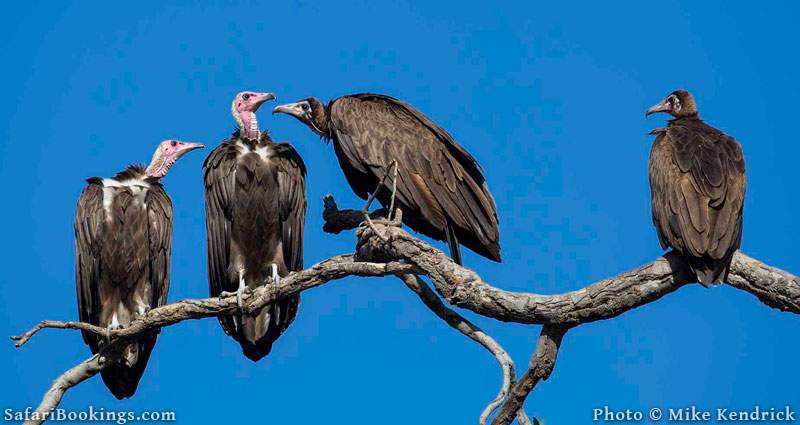Africa is blessed with a stunning variety of wildlife – it has more species of charismatic megafauna than any other continent. However, sadly, with ever expanding human populations and their increasing demand for land, food and water, exacerbated by poaching, more and more species are becoming endangered. However, thanks to the foresight of conservationists past and present, many of the most endangered animals in Africa are being protected in reserves and national parks. Below is a list of some of the most endangered species in Africa and where you stand a chance of seeing them.
Ethiopian Wolf
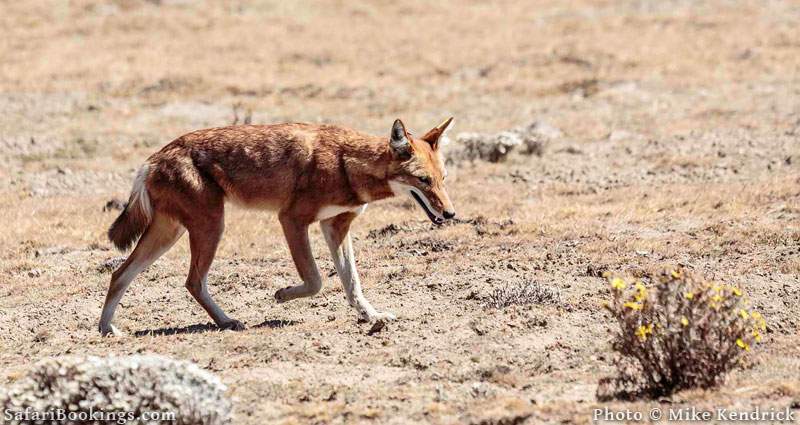
The Ethiopian wolf is Africa’s most endangered carnivore and the continent’s only wolf species. It is a handsome rusty red jackal-like dog and, as the name suggests, it is endemic to Ethiopia’s It is endangered due to loss of habitat to farmland and due to diseases caught from domestic dogs.
Best Place To See Ethiopian Wolf
Despite it being one of the most endangered animals in Africa, with perhaps no more than 500 individuals left, it is relatively easy to see in Bale Mountain in Ethiopia.
Pangolin
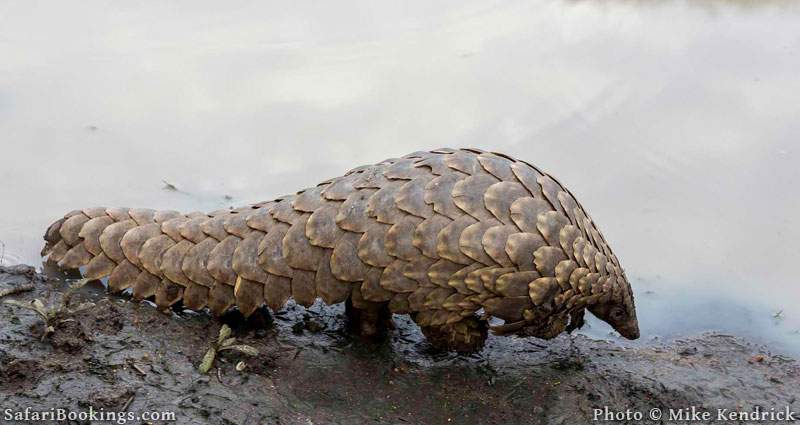
he poor pangolin has the dubious honor of being the most illegally trafficked species in Africa, as its scales are used in traditional medicine in Asia. Most people have never heard of a pangolin, let alone seen one … and sadly it is feared they are on a fast-track to extinction. Pangolins are now one of the most endangered animals in Africa. These delightful, gentle creatures are armour-plated and roll into a ball to defend themselves – unfortunately a poor defence against humans. Pangolins feed on ants and termites with their long sticky tongues, and the mother carries her young infant on her back. They are the holy grail of wildlife sightings for many tourists and indeed safari guides, such is their rarity. I must confess the first time I saw a pangolin in the wild, I was moved to tears – part joy and part sadness at just how vulnerable they are.
Black Rhino
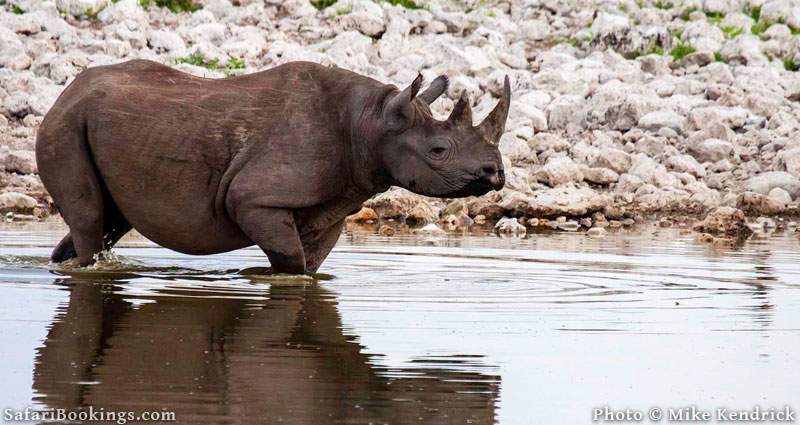
Black rhinos are actually grey in color and are distinguished from white rhinos by their pointed, prehensile upper lip, whereas white rhinos have square lips. Black rhino calves usually follow their mother – whereas white rhino calves often trot along in front. Black rhinos are largely solitary and are browsers rather than grazers – hence their hooked lip. Black rhinos are classified as Critically Endangered, as they have been decimated by poaching for their horn. The most recent numbers estimate less than 5000 in 2010, however, numbers are likely to have decreased further since then, despite valiant conservation efforts.
White Rhino
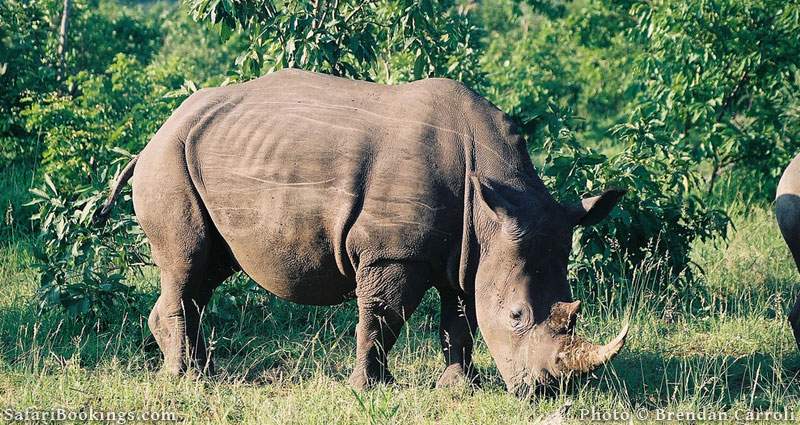
It is sad that, after successful conservation efforts increased their numbers dramatically in the 1960’s, once again, white rhino has become one of the most endangered animals in Africa. This is due to illegal poaching to satisfy the increased demand for their horn by Asian markets. Valiant conservation efforts are once again underway to save the white rhino, and South Africa is still its stronghold. The white rhino is larger than the black rhino and has square lips for grazing.
Mountain Gorilla
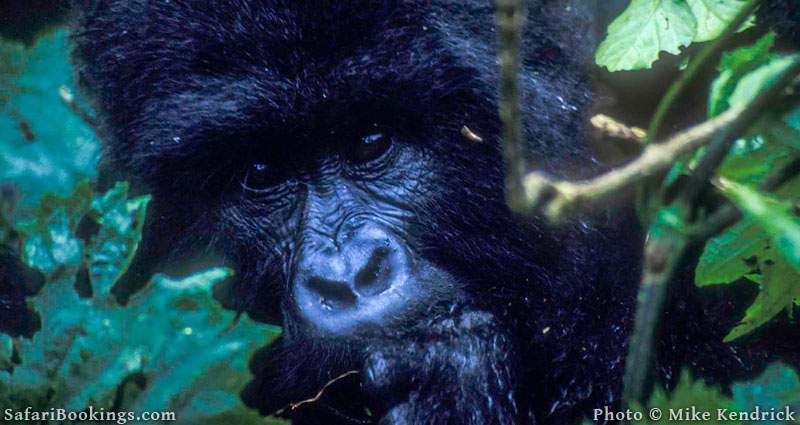
Although mountain gorillas are still considered one of the most endangered animals in Africa, the good news is that their numbers are actually on the increase. An encounter with mountain gorillas should be on everyone’s bucket list. Although it is an expensive trip, believe me, it is worth every dollar! You will never forget the hour you spend with these gentle giants. It is your tourist dollars that are helping to protect and conserve the mountain gorillas and their forests – another reason to visit!
African Wild Dog
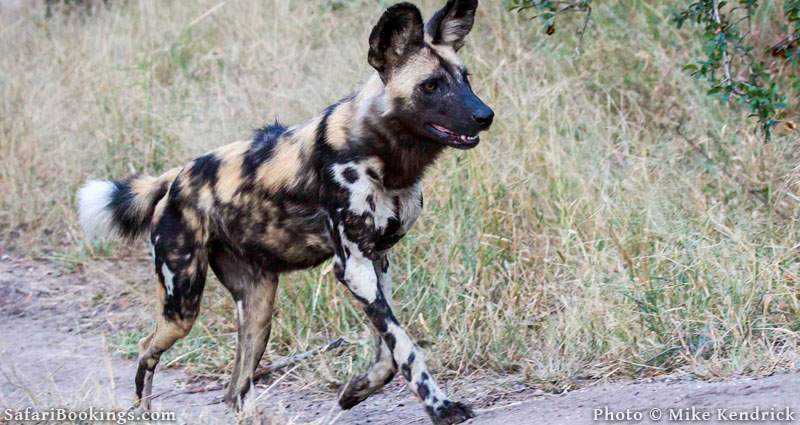
Previously viewed as vermin, thankfully the African wild dog has had a very good PR makeover over the last few years and has now become one of the most wished-for safari sightings. Sightings on safari are often by luck, as the dogs cover huge distances in search of prey, and it is only when they are denning (usually the dry season months) that they remain in the same place for a few weeks. Personally they are my favorite animal to see on safari, as they are such sociable carnivores. It is a privilege to watch their frenzied “greeting ceremony”, when they are getting to get ready to hunt – making all sorts of un-dog-like chittering and chirping noises. African wild dogs require huge ranges and consequently habitat fragmentation has caused their decline. Other threats include diseases from domestic dogs, persecution by livestock farmers, road accidents and incidental snaring.
African Penguin
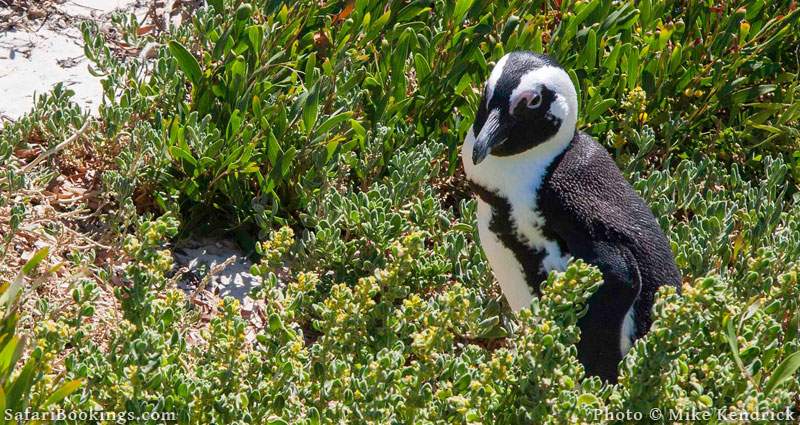
For visitors to Cape Town, it is hard to imagine that the African penguin is one of the most endangered species in Africa. They are easy to see at Boulders Bay on the Cape Peninsula, where there is a visitor centre and boardwalk past their nests. However, sadly, African penguin numbers have plummeted in recent years due to depleted fish stocks from over fishing and fish stocks moving further west due to climate change. The African penguin is also at risk from oil spills.
This is the only penguin species breeding in Africa, and they are easily recognisable by their dapper black and white plumage and jack-ass braying call.
Rothschild’s Giraffe
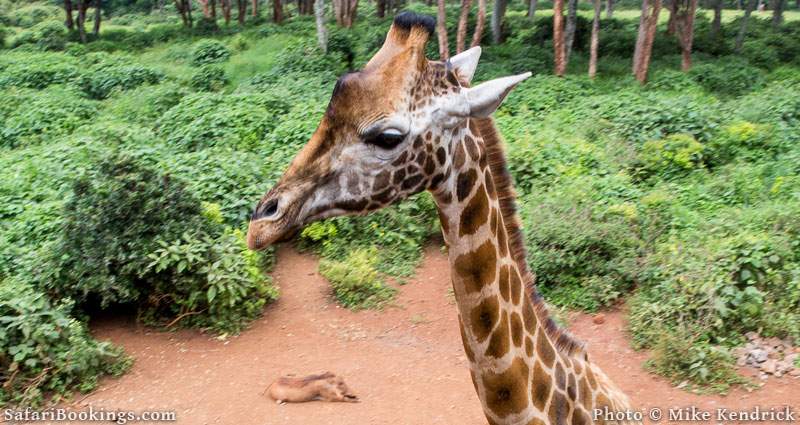
The giraffe is one of Africa’s most recognisable and iconic animals and the tallest land mammal. While giraffes are commonly seen on safari, people are unaware that the numbers of these majestic animals are crashing dramatically outside of protected areas due to habitat loss, illegal hunting and human-wildlife conflict. There are nine subspecies of giraffe, each confined to specific regions of Africa. The Rothschild’s giraffe is now listed as one of the most endangered animals in Africa – in 2010 there were thought to be less than 670 individuals. It is found in western Kenya and eastern Uganda and it has broader dividing white lines than the reticulated giraffe and no spotting below the knees.
Hooded Vulture
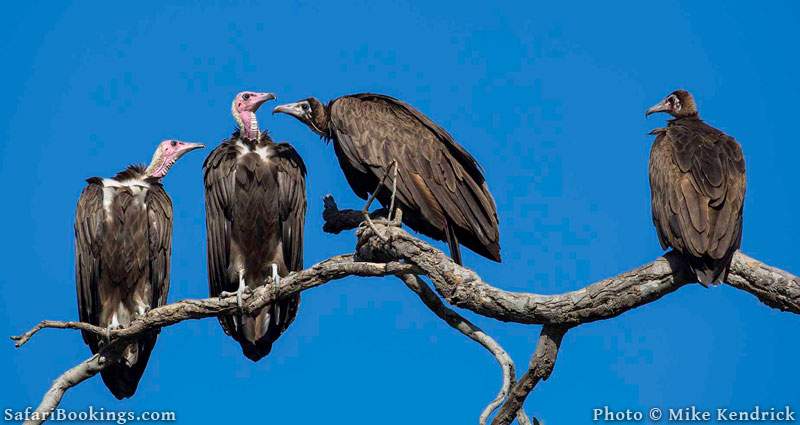
Vultures are a critical component in the African landscape but their numbers are plummeting due to increased poisoning incidents. Without vultures clearing carcasses, there is a risk in the increase of disease – as has happened in India, where they have lost 95% of their vultures. The hooded vulture is now one of the most endangered species in Africa – recently upgraded to Critically Endangered. They are easy to distinguish from other vultures by their small size and thin hooked bill.
Chimpanzee
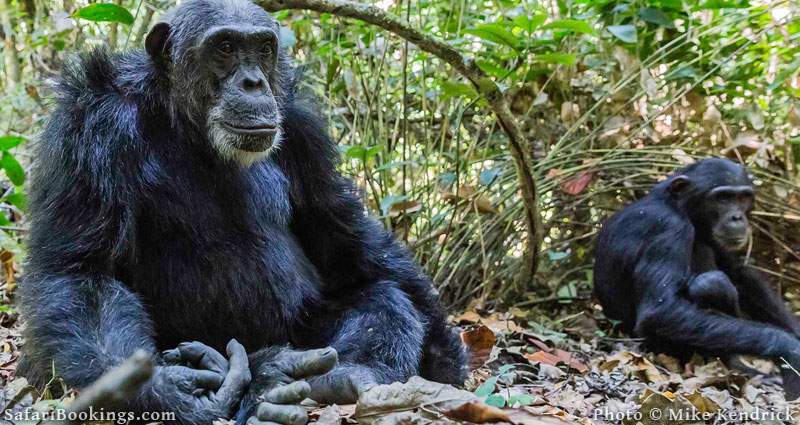
When you look into the eyes of a wild chimpanzee, it is easy to understand that this is man’s closest relative – we share 98% of the same genes. Their behavior is distinctively human-like too. Tracking chimpanzees in the wild is one of the most exciting safari activities – it really does feel like you are in the middle of your very own wildlife documentary. Chimpanzees are classified as one of the most endangered animals in Africa – the biggest threat to their survival is habitat loss and an increasing demand for bushmeat.
African Safari Tours Research

